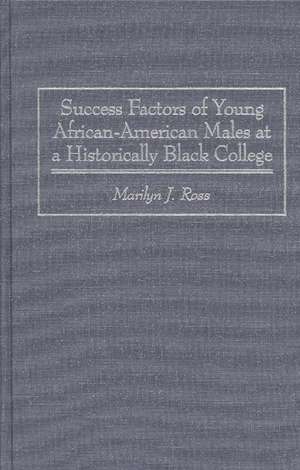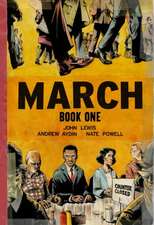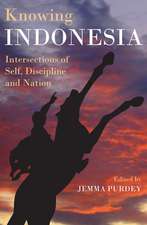Success Factors of Young African-American Males at a Historically Black College
Autor Marilyn Rossen Limba Engleză Hardback – 29 mar 1998 – vârsta până la 17 ani
Preț: 436.04 lei
Preț vechi: 489.94 lei
-11% Nou
Puncte Express: 654
Preț estimativ în valută:
83.45€ • 86.80$ • 68.89£
83.45€ • 86.80$ • 68.89£
Carte tipărită la comandă
Livrare economică 14-28 aprilie
Preluare comenzi: 021 569.72.76
Specificații
ISBN-13: 9780897895354
ISBN-10: 0897895355
Pagini: 160
Ilustrații: references, index
Dimensiuni: 156 x 235 x 18 mm
Greutate: 0.43 kg
Editura: Bloomsbury Publishing
Colecția Praeger
Locul publicării:New York, United States
ISBN-10: 0897895355
Pagini: 160
Ilustrații: references, index
Dimensiuni: 156 x 235 x 18 mm
Greutate: 0.43 kg
Editura: Bloomsbury Publishing
Colecția Praeger
Locul publicării:New York, United States
Notă biografică
MARILYN J. ROSS is Professor of Higher Education at Florida Memorial College in Miami. /e
Cuprins
IntroductionThe Need for Role Models for Inner-City YouthsStatement of the ProblemPurpose of the StudyLimitationsDefinition of TermsSignificance of the StudyReview of the LiteratureThe Perseverance of the Black MaleThe African-American Male "In Crisis"The Lack of Male Role Models in the Inner CityThe Significance of Role ModelsThe Significance of MentorshipBlack Colleges versus White Colleges for the Black StudentTrends in Higher Education for African-AmericansA Historical PerspectiveDesign of the StudyInitial ProceduresEthnographyPhenomenologyHermeneuticsGrounded TheoryConstant Comparative MethodNegative Case AnalysisConstructed RealitiesShiva's CircleMethodologyThe SettingThe SampleThe Interviewing ProcessTrustworthiness CriteriaTriangulationTransferability of the StudyData AnalysisEditing Analysis StyleDivision of the Study into UnitsResearch QuestionsCategories of the StudyCoding ProceduresDocumenting the ThemesEmergent Findings and Postreview of the LiteratureTheme of BondingLink to ReligionLink to FamilyExtended Kinship RelationshipsFather's Role in the HomeThe Absent FatherLink to a Caring Mentor and/or Role ModelAchievement MotivationDistinguishing Characteristics Between Cluster and Cluster IIAnalysis, Conclusion, and RecommendationsAnalysis of Metaphors in the StudyMajor ThemesConclusionsRecommendationsEpilogueReferencesAppendixIndex













